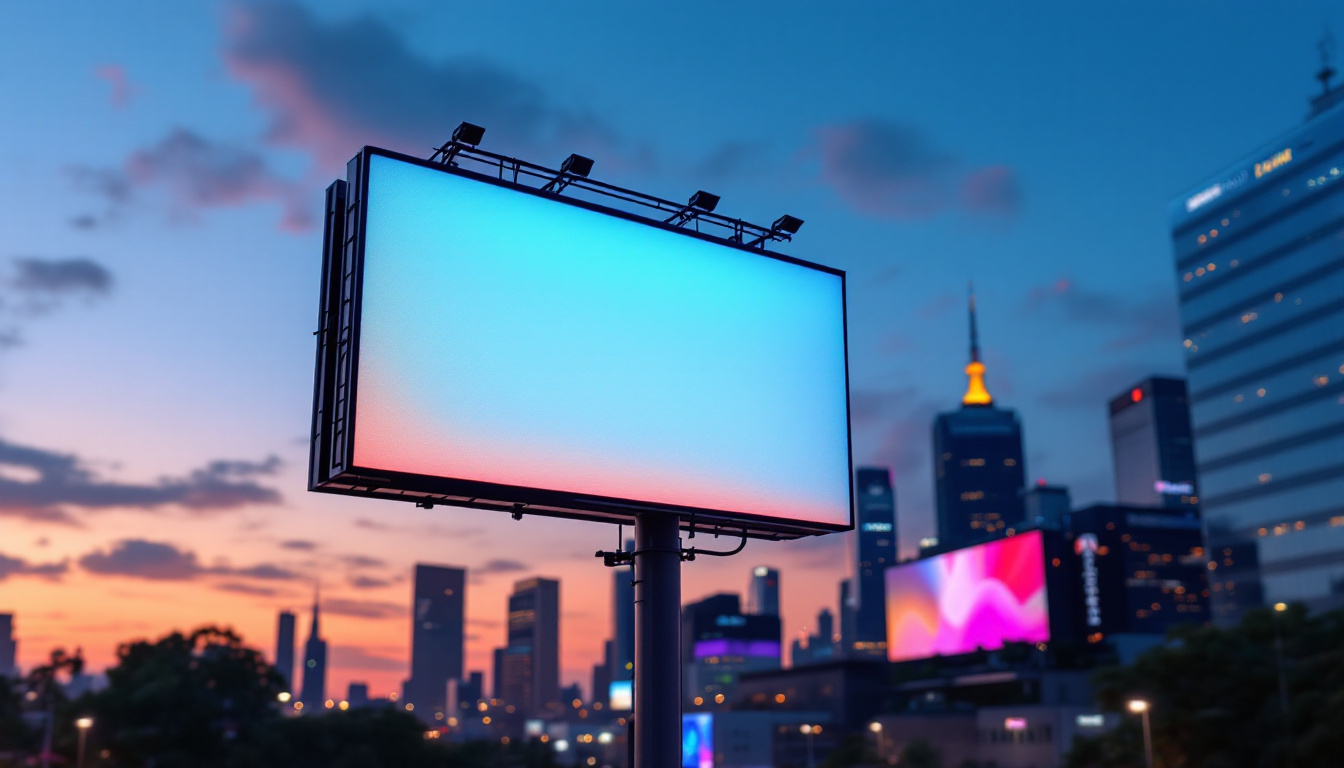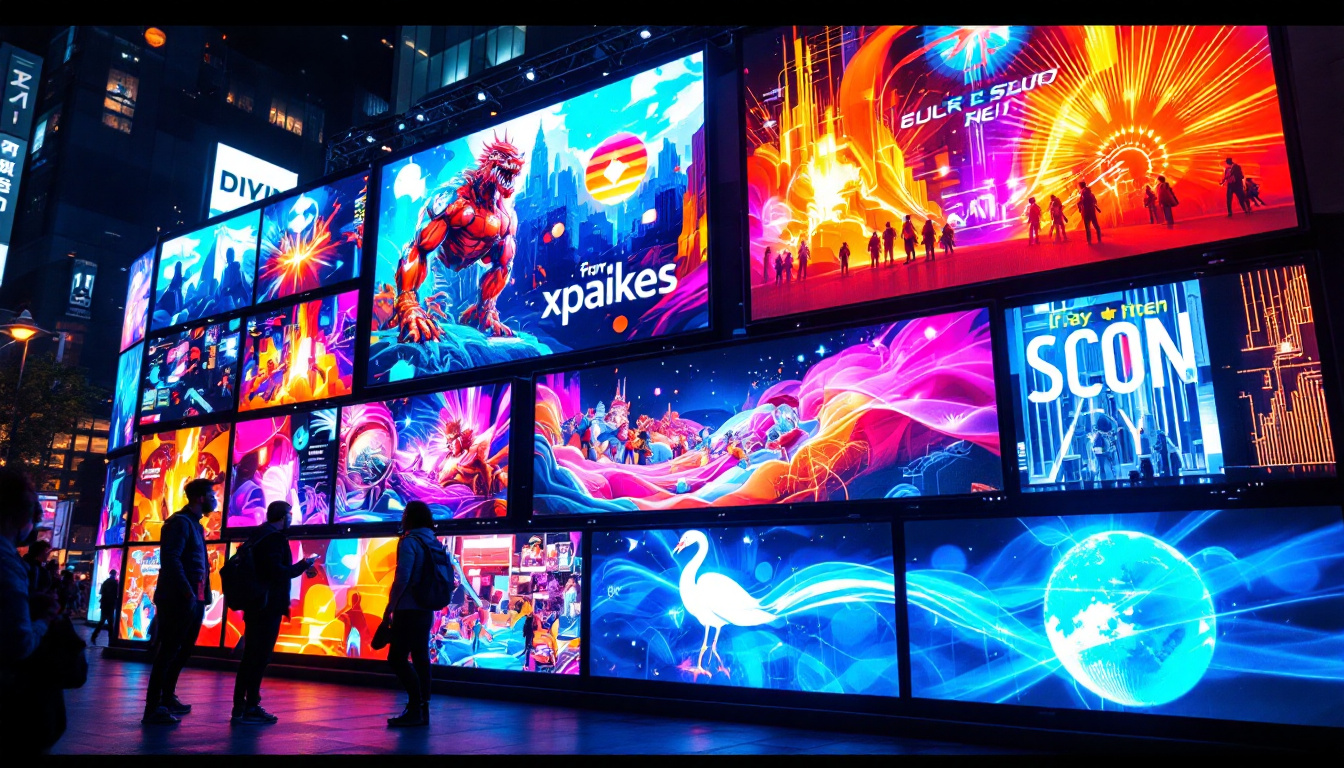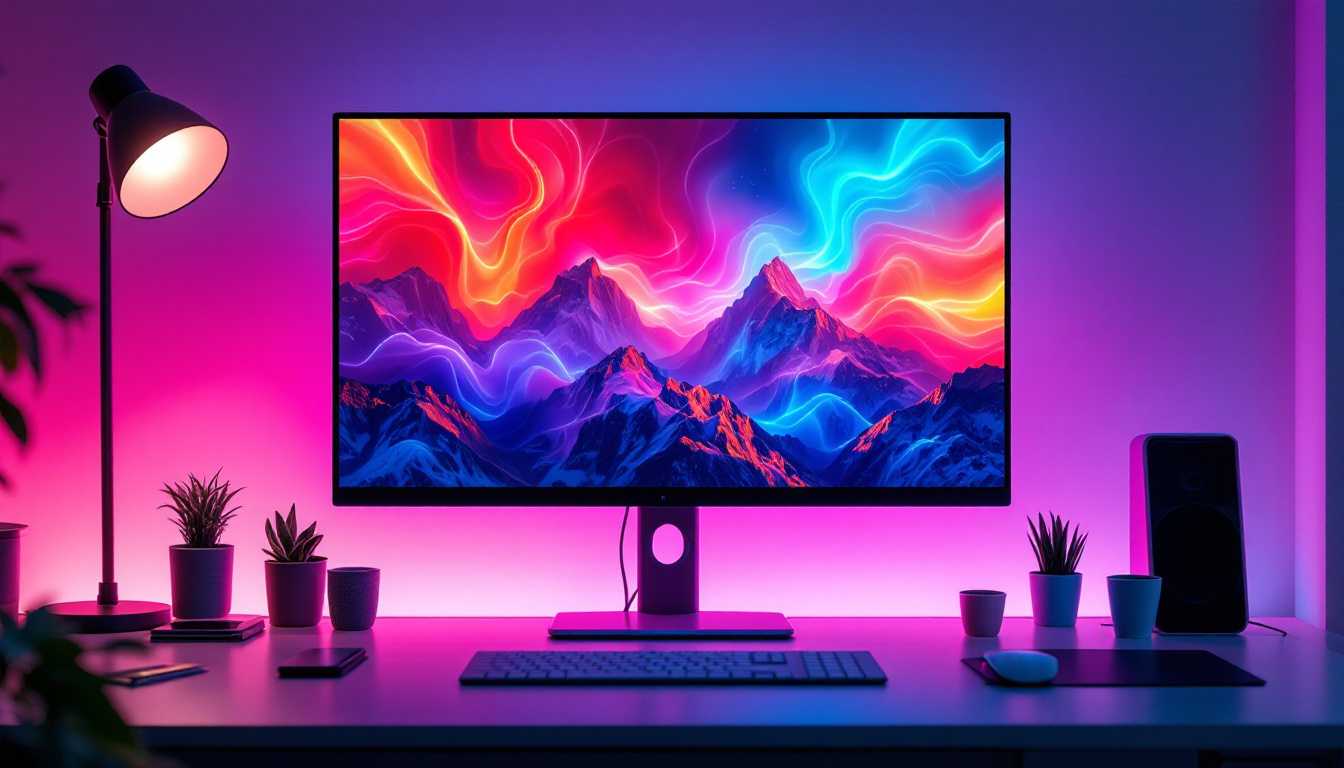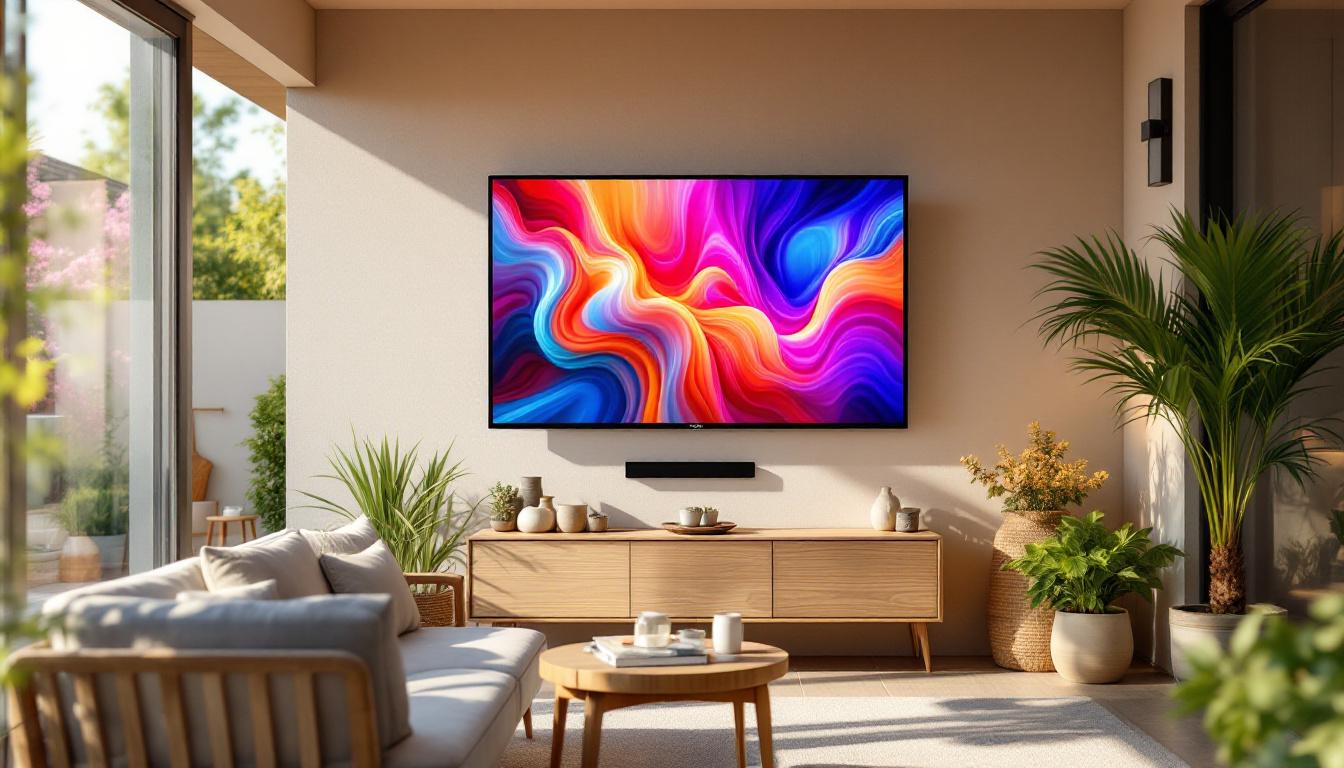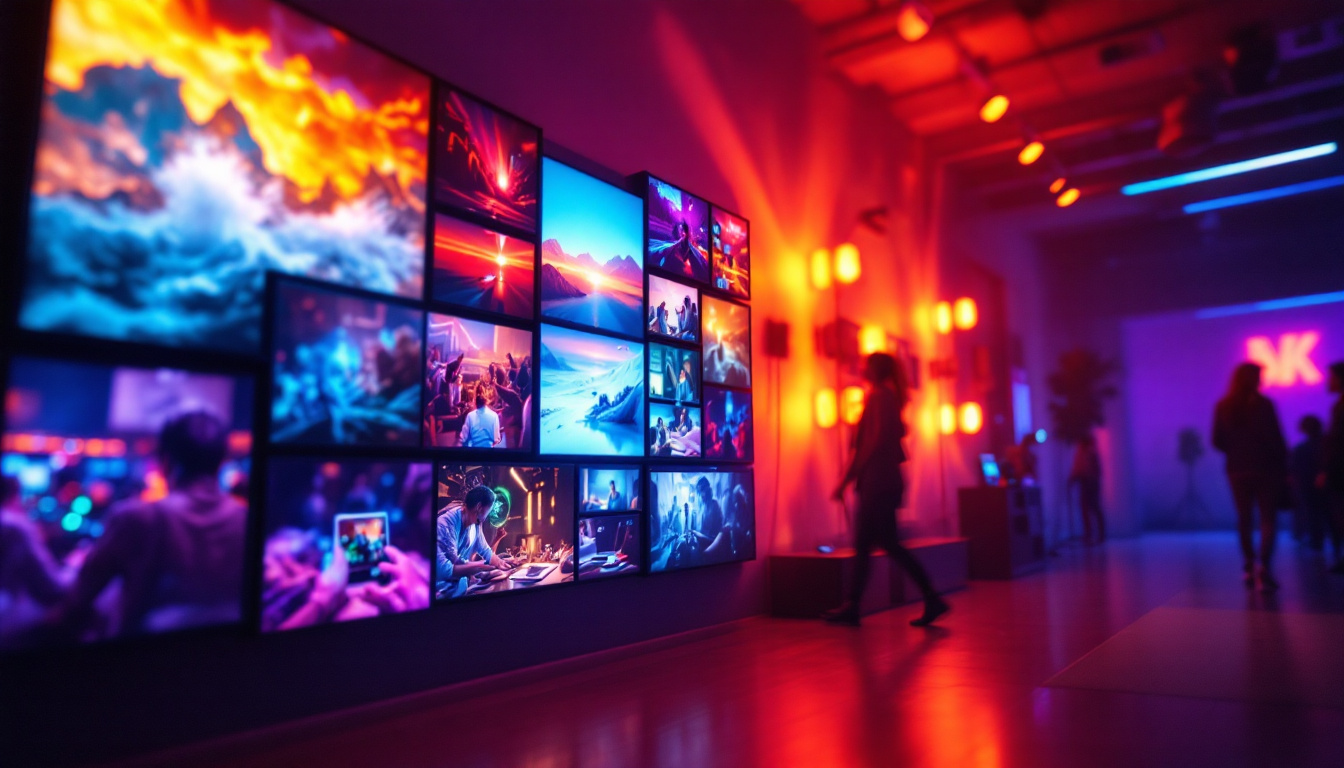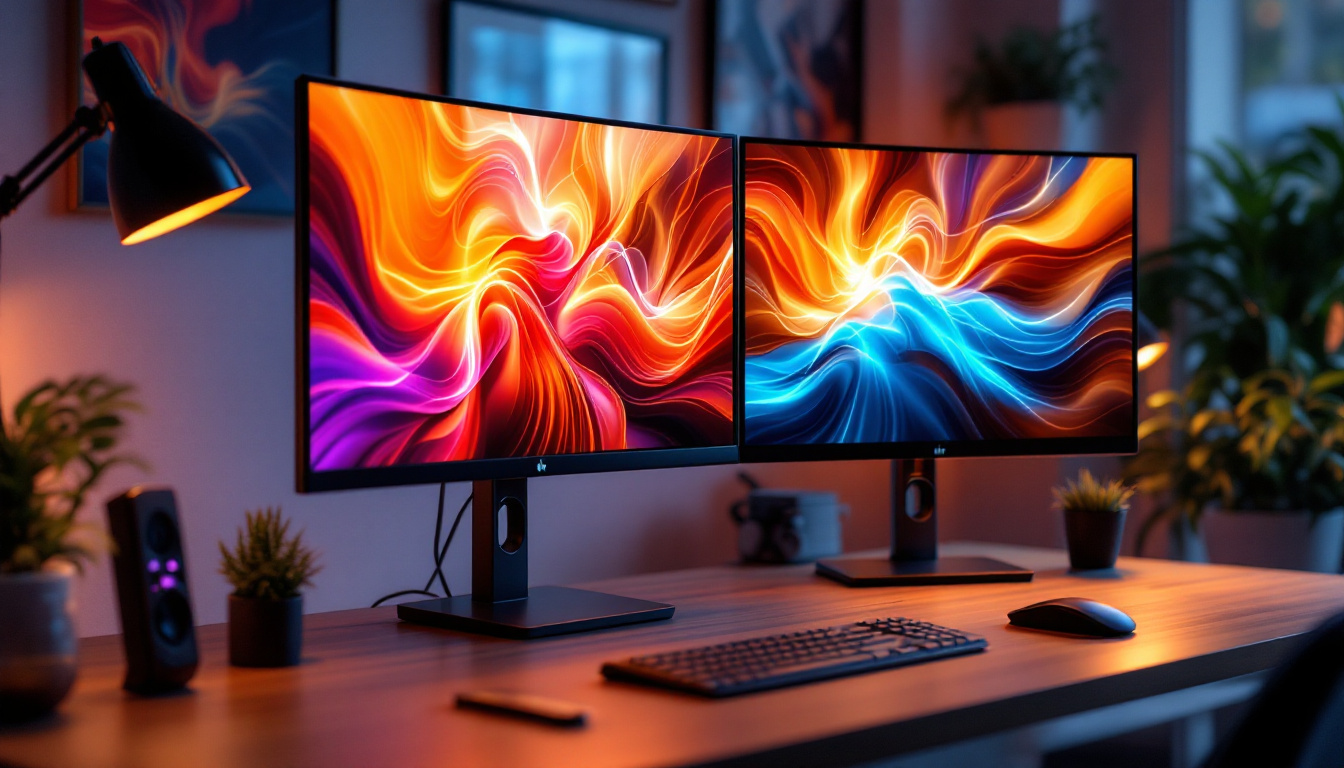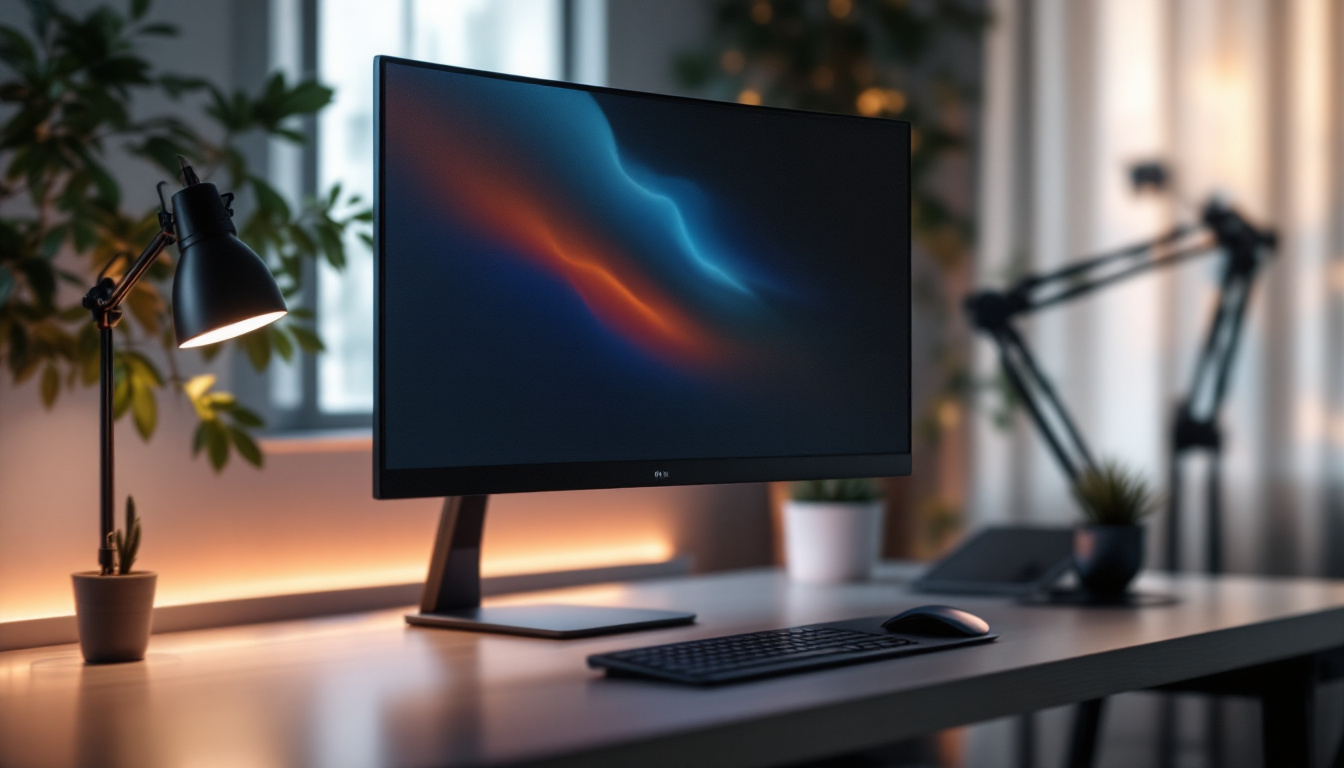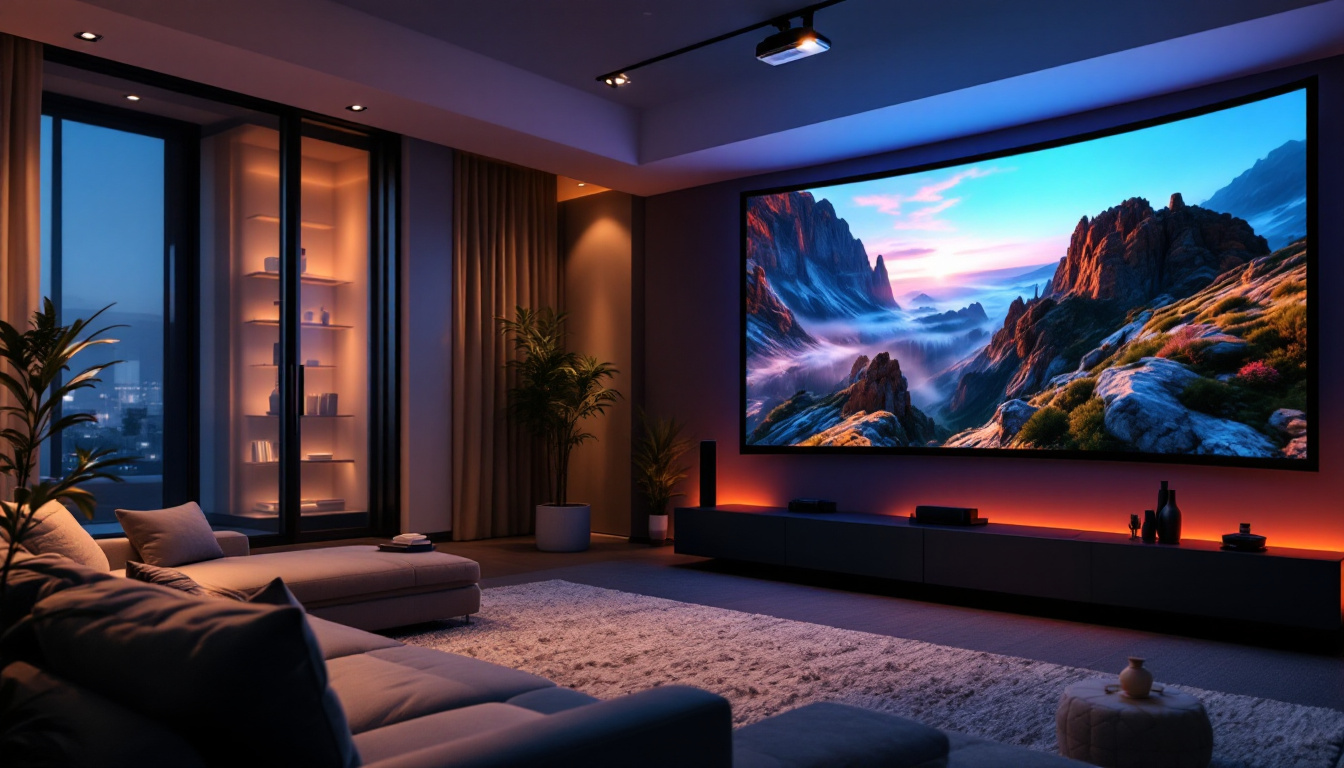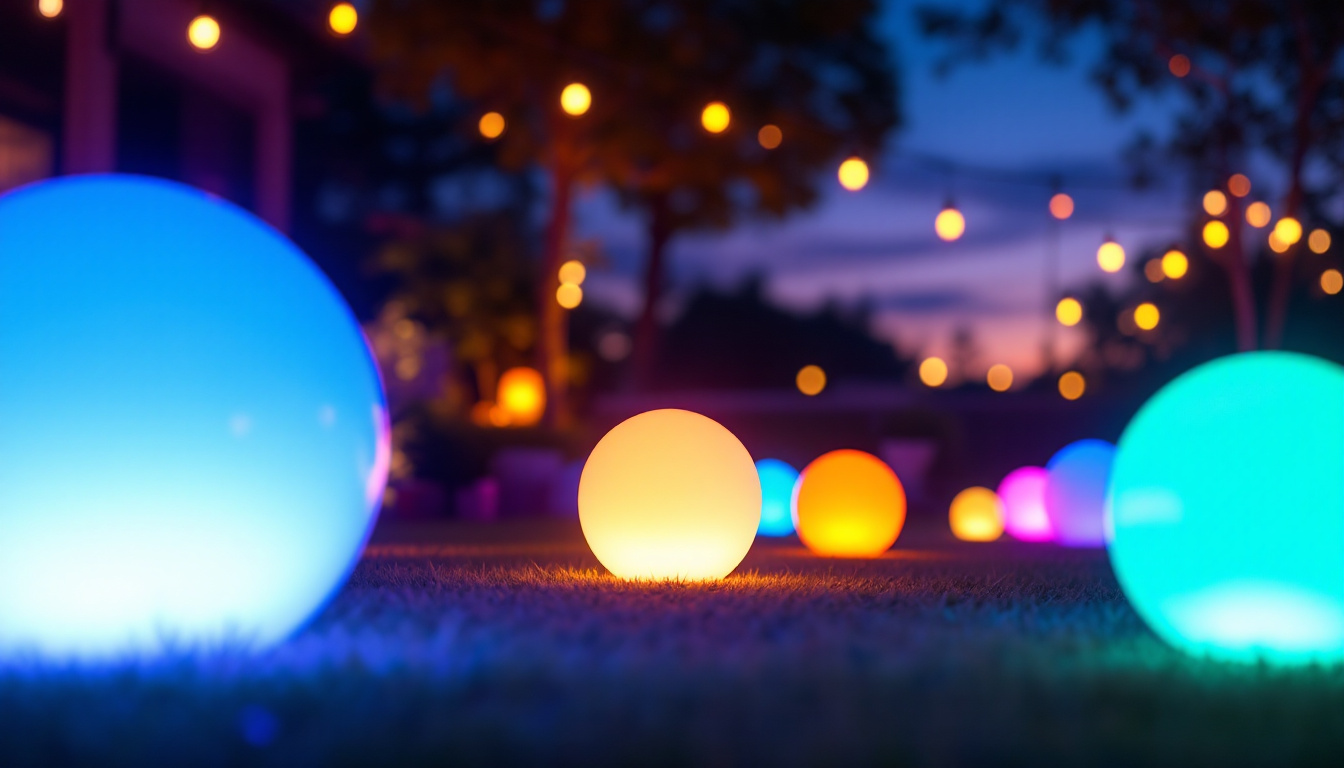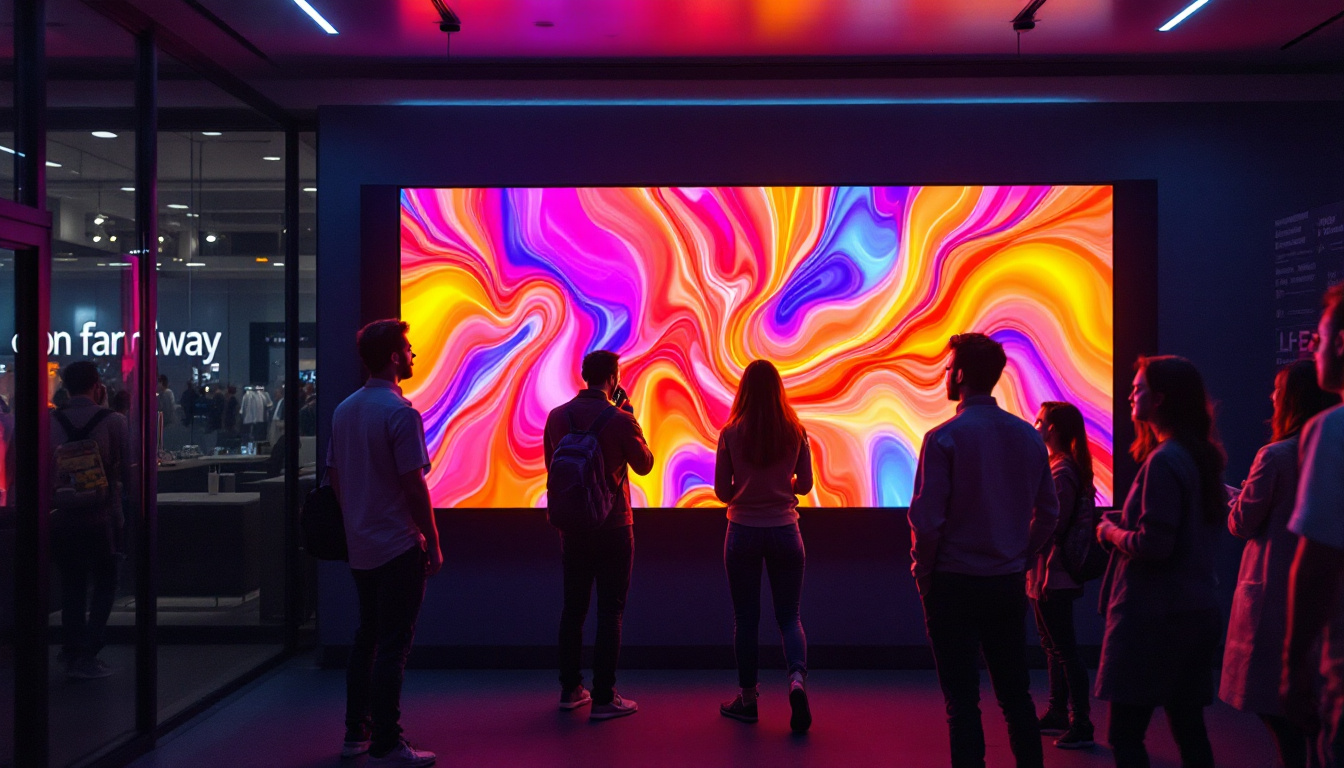The evolution of display technology has brought forth a myriad of advancements, particularly in LED displays. One of the critical aspects of understanding LED displays is the concept of pixel distance, often referred to as pixel pitch. This article delves into what pixel pitch is, its significance, and how it impacts the overall viewing experience.
Understanding Pixel Pitch
Pixel pitch is defined as the distance from the center of one pixel to the center of the adjacent pixel, typically measured in millimeters. This measurement plays a crucial role in determining the resolution and clarity of a display. A smaller pixel pitch indicates a higher pixel density, which generally translates to better image quality. As technology advances, the significance of pixel pitch becomes even more pronounced, especially as consumers demand higher fidelity in their visual experiences.
The Importance of Pixel Density
Pixel density, measured in pixels per inch (PPI), is a key factor in the visual quality of a display. Higher pixel density means that more pixels are packed into a given area, resulting in finer details and smoother images. This is particularly important for applications requiring high precision, such as graphic design, video editing, and gaming. In the realm of virtual reality (VR) and augmented reality (AR), pixel density is even more critical, as lower PPI can lead to a noticeable screen-door effect, where the grid of pixels becomes visible and detracts from the immersive experience.
For instance, a 27-inch monitor with a pixel density of 109 PPI will display images more sharply than a 27-inch monitor with a pixel density of only 81 PPI. The difference becomes even more noticeable when viewed up close, making pixel pitch a vital consideration for professionals and enthusiasts alike. Moreover, as high-definition content becomes the norm, displays with lower pixel densities may struggle to keep up with the demands of modern media, leading to a growing market for higher-resolution displays that can fully showcase the intricate details of 4K and 8K content.
How Pixel Pitch Affects Viewing Distance
The relationship between pixel pitch and viewing distance is essential for optimizing the viewing experience. Displays with a smaller pixel pitch are designed for closer viewing distances, while those with a larger pixel pitch are suitable for farther distances. This is particularly relevant in large-scale displays, such as those used in advertising or public events. Understanding this relationship helps manufacturers design displays that not only meet the technical specifications but also enhance the user experience in various environments.
For example, a display with a pixel pitch of 2.5 mm is ideal for close viewing, such as in a retail environment where customers are just a few feet away. Conversely, a display with a pixel pitch of 10 mm is better suited for situations where viewers are further away, such as at a stadium or concert venue. Additionally, the choice of pixel pitch can influence the overall cost of the display, as smaller pixel pitches often require more advanced manufacturing techniques and materials, impacting both production costs and retail pricing. This makes it crucial for businesses to strike a balance between visual quality and budget when selecting displays for their needs.
Types of LED Displays and Their Pixel Pitches
LED displays come in various types, each with different pixel pitches suitable for specific applications. Understanding these types can help consumers make informed decisions based on their needs.
Direct View LED Displays
Direct View LED displays are made up of individual LED modules that create a seamless image. These displays can have pixel pitches ranging from 1.2 mm to 10 mm, making them versatile for both indoor and outdoor use. Smaller pixel pitches are commonly found in indoor applications, where viewers are closer to the screen, while larger pitches are used outdoors for better visibility from a distance.
One of the significant advantages of Direct View LED displays is their ability to deliver vibrant colors and high brightness levels, making them ideal for advertising and event displays. The choice of pixel pitch can greatly influence the effectiveness of these displays in capturing attention. Additionally, Direct View LED displays are highly customizable in terms of size and shape, allowing for creative installations in various environments, from stadiums to retail spaces. Their durability and weather resistance also make them suitable for long-term outdoor use, ensuring that they can withstand the elements while maintaining high performance.
LED-backlit LCD Displays
LED-backlit LCD displays utilize LED technology to illuminate an LCD panel. These displays typically have a larger pixel pitch compared to Direct View LED displays, often ranging from 3 mm to 6 mm. While they may not achieve the same level of brightness or color vibrancy as Direct View LEDs, they offer excellent image quality and are widely used in consumer electronics.
These displays are common in televisions and computer monitors, where pixel pitch plays a crucial role in the viewing experience. A smaller pixel pitch in LED-backlit LCDs can enhance sharpness, making them suitable for gaming and high-definition video playback. Furthermore, advancements in LED-backlit technology have led to improvements in energy efficiency and color accuracy, making these displays more appealing to consumers who prioritize sustainability and visual fidelity. The integration of smart features in many LED-backlit LCD models also enhances user experience, allowing for seamless connectivity and access to streaming services.
MicroLED Displays
MicroLED technology is an emerging display technology that offers the potential for incredibly small pixel pitches, often below 1 mm. MicroLED displays consist of microscopic LEDs that emit their light, eliminating the need for a backlight. This results in displays with exceptional contrast ratios, brightness, and energy efficiency.
As MicroLED technology continues to develop, it is expected to revolutionize the display industry, particularly for applications requiring high resolution and color accuracy. The small pixel pitch of MicroLED displays makes them ideal for virtual reality, augmented reality, and high-end professional displays. In addition to their technical advantages, MicroLED displays are also highly scalable, allowing manufacturers to create large-format screens without compromising image quality. This scalability opens up new possibilities for immersive experiences in public spaces, such as museums and exhibitions, where detailed visuals can captivate audiences. As the technology matures, we may also see MicroLED displays becoming more accessible for consumer use, paving the way for a new generation of home entertainment systems that deliver unparalleled viewing experiences.
Factors Influencing Pixel Pitch Selection
Choosing the right pixel pitch for a display involves considering several factors, including the intended use, viewing distance, and budget. Each of these factors can significantly impact the effectiveness and satisfaction of the display experience.
Intended Use
The primary purpose of the display is perhaps the most crucial factor in determining pixel pitch. For professional applications such as graphic design or video editing, a smaller pixel pitch is essential for achieving the detail and clarity required for precision work. On the other hand, for general use or signage, a larger pixel pitch may suffice.
In environments like retail or public displays, where attention-grabbing visuals are necessary, a smaller pixel pitch can enhance the overall impact of the content being displayed. Conversely, in situations where viewers are typically at a distance, a larger pixel pitch can be more cost-effective without sacrificing quality.
Viewing Distance
As mentioned earlier, viewing distance is a critical consideration when selecting pixel pitch. The further away viewers are from the display, the larger the pixel pitch can be without compromising perceived image quality. This relationship is vital in applications such as large outdoor displays, where viewers may be several meters away.
For instance, a display intended for a stadium audience can utilize a pixel pitch of 10 mm or more, allowing for clear visibility from a distance. In contrast, a display in a conference room where participants are seated close to the screen would benefit from a pixel pitch of 2.5 mm or less to ensure clarity and detail.
Budget Considerations
Budget constraints often play a significant role in the decision-making process when selecting a display. Generally, displays with smaller pixel pitches tend to be more expensive due to the increased complexity of manufacturing and the higher pixel density. Therefore, it is essential to balance the need for image quality with available resources.
While investing in a higher-quality display can enhance the viewing experience, it is crucial to assess whether the benefits align with the intended use. For many applications, a mid-range pixel pitch may provide a satisfactory balance between performance and cost.
Conclusion: The Future of Pixel Technology
Understanding pixel pitch and its implications on display technology is essential for anyone looking to invest in a new monitor or display system. As technology continues to advance, pixel pitch will play an increasingly vital role in determining the quality and effectiveness of displays across various applications.
With the rise of innovative technologies like MicroLED, the possibilities for pixel pitch are expanding, offering consumers and professionals alike new options for achieving stunning visuals. As the demand for high-quality displays continues to grow, staying informed about pixel pitch and its impact on viewing experiences will be crucial for making informed decisions.
In summary, whether for professional use, gaming, or general entertainment, the distance between pixels on a monitor—pixel pitch—remains a fundamental aspect of LED display technology that shapes the way visuals are experienced. By understanding its significance, users can select displays that best meet their needs and enhance their viewing experiences.
Discover Cutting-Edge LED Displays with LumenMatrix
Ready to elevate your visual experience with the latest in LED display technology? Look no further than LumenMatrix, a pioneer in crafting LED display modules designed to maximize brand visibility and captivate audiences. From Indoor and Outdoor LED Wall Displays to innovative solutions like Vehicle LED Displays, LED Posters, and Transparent LED Displays, LumenMatrix offers a wide range of products to meet your specific needs. Embrace the future of visual communication and check out LumenMatrix LED Display Solutions today to see how we can help you make a powerful impact with clarity and precision.


